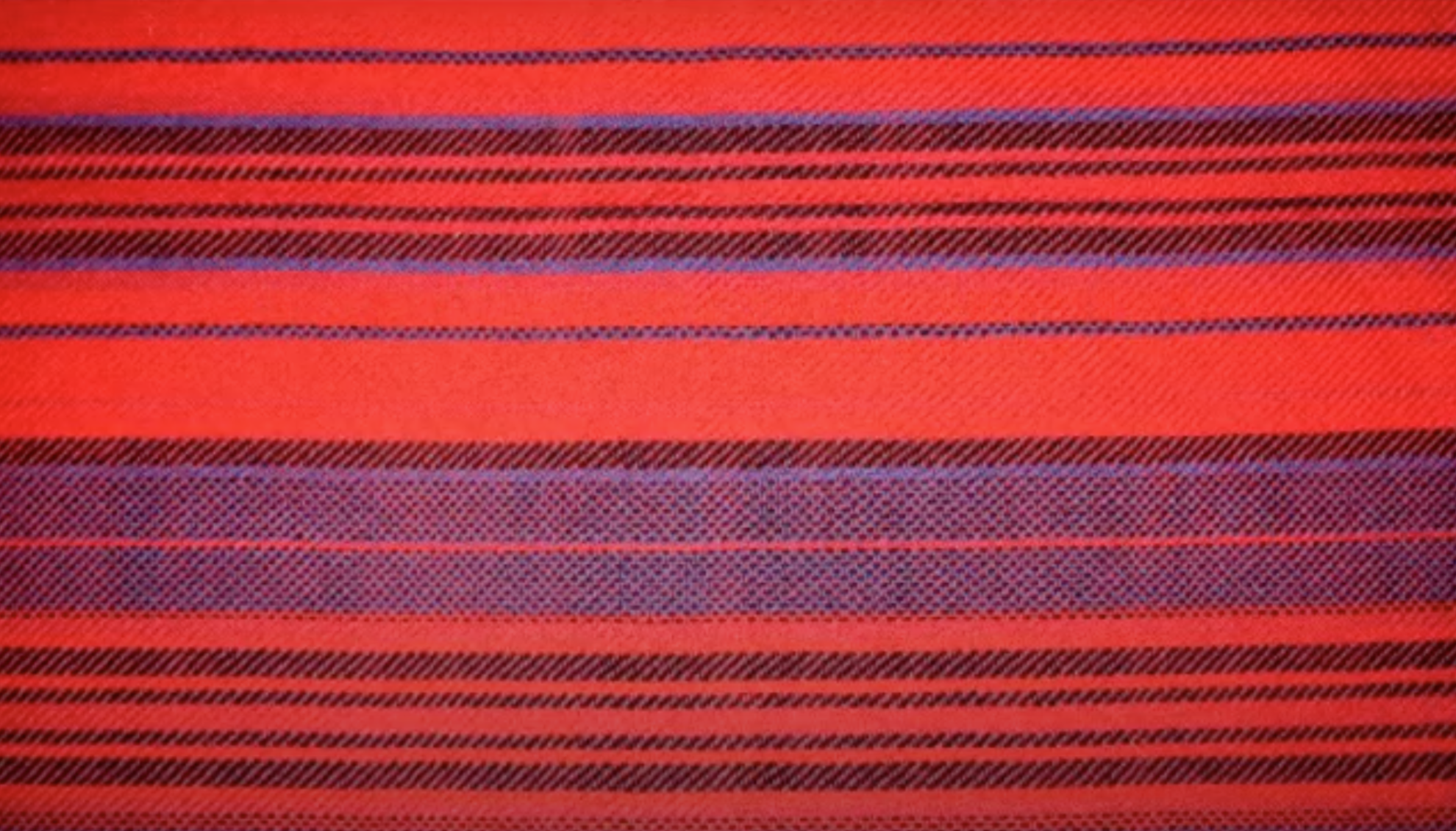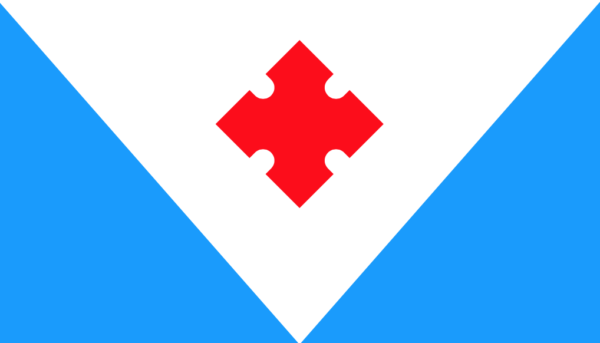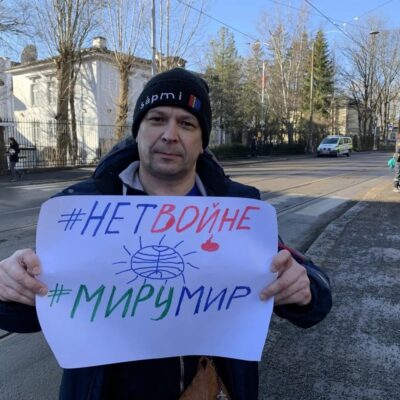
Votes
Names
The Votes have referred to themselves as vad’d’alaizõd, vai rahvaz, maaväči, and they are also associated with the ethnonyms chud and vod’ mentioned in Russian chronicles and documents since the 9th century AD.


Territory
The Votes, similarly to the Izhorians, are the indigenous inhabitants of Ingria, the current Kingissep region of the Leningrad Oblast of the Russian Federation, whose ancestors separated from other Finnic tribes probably in the 1st millennium AD.
According to historical records, linguistic and archeological data, the territory inhabited by Votes has in the more distant past extended further to the west, east and south: in the 13th century, Votic territories spanned from Eastern and Northeastern Estonia in the west to the Inger (Izhora) River in the east and from the Gulf of Finland in the north to the city of Gdov in the south.
Today, the Votic language is spoken only near the mouth of the Lauga (Luga) River: in the villages of Jõgõpera (Krakolye), Liivtšülä (Peski) and Luutsa/Luuditsa (Lužitsõ).
Population
According to the data from the 2010 census, 64 Votes lived in Russia, while in 2002 their number was 73 – this means a 12.3% decline. In 2010 there were 68 speakers of the Votic language.
We know that in 2002, only 12 Votes lived on traditional Votic lands in the Leningrad Oblast while 12 more lived in St. Petersburg. The latter probably included people who have recently began to appreciate their Votic roots and who self-identify as Votes.
Language
The Votic language belongs with the Estonian and Livonian languages to the southern group of Finnic languages. It is the closest kindred language to (Northern) Estonian.
Four dialects of the Votic language have been recognised: Eastern, Western, Kukkusi and Kreevini dialects. The latter was spoken by Votes (Kreevins) who had been deported to Latvia in the 15th century and whose language became extinct in the middle of the 19th century. The dialect from Kukkusi (Kurovitsy) village is actually a mixed dialect of Votian and Izhorian languages. The Eastern dialect was spoken during World War II in just one village, Itšapäivä (Itsepino), while these days the last speakers of only the Western dialect have survived. Votic lacked a written language until the beginning of the 2000s, when the linguist Mehmet Muslimov created a Votic written language on the basis of the Western dialect. The Votic language uses the Latin alphabet.
In the summer of 1998, 30-40 persons spoke Votic as a mother tongue. The usage of spoken Votic has been encouraged as a result of annual summer expeditions by Estonian linguists and students. This has improved the reputation of the mother tongue among Votes and postponed their linguistic assimilation. Unfortunately the year of birth of the youngest native speaker of Votic is 1930.
History
The traditional territory of Votes in Western Ingria has never been a particularly secure place due to the military activities of Russians, Swedes and Germans, as a result of which these lands went under foreign rule already in the 9th century AD. After the fragmentation of the Kievan Rus’ in the 12th century, Votic lands ended up in the feudal Novgorod Republic. The northeastern section of this state was called the Votic Pyatina (Fifth), the City of Novgorod had a Votic (Chud) street and Votic military groups took part in Novgorod’s military excursions.
Starting from the 13th century, Votic lands were often the battlefield between Old Livonia and Novgorod. In the 1440s, knights of the Livonian Order deported a group of Votes into the vicinity of today’s Bauska in Latvia. The local population started calling them Kreevins (from Latvian krievs ‘Russian’), since they were brought in from Russia.
In the 1480s, after the unification of Novgorod with the Grand Duchy of Moscow, Votes were deported into the Russian interior. When Ingria came under the Swedish rule with the Peace of Stolbovo in 1617, many Orthodox Votes the Lutheran church to Russia. Their emptied lands were resettled by Lutheran Finnish and Karelian peasants who became Ingrian Finns. During the Great Northern War, Russia regained Ingria and in 1703 the new imperial capital was established in the mouth of the Neva River which significantly changed the geopolitics of the entire region.
The founding of St. Petersburg in 1703 resulted in a massive influx of Russians to the Eastern part of Ingria. All of this led to the dissipation of Votes as an ethnic group. They were assimilated into Russians, Finns, Izhorians and Estonians. In 1848, Peter von Köppen counted 37 villages in Ingria with a total Votic population of 5,148. A further impetus for the dissipation of Votes was the abolition of serfdom in 1861 which accelerated the mobility of the population. Also, St. Petersburg needed Votes as a source of labour.
In the middle of the 19th century when Estonians experienced a national awakening, Votes fell finally into the Russian sphere of influence. Their only distinguishing feature was their language, but in the 1920s this barrier was removed, too. Votes did not receive any kind of autonomy and no written language was developed for them.
According to the data from 1926, there were 705 Votes and their assimilation was already obvious. Those few Votes were in the following years (1929-1931) subjected to deportations due to the collectivisation of agriculture. During World War II, the Votic lands were for several years battlefields and a German home front. In the final phase of the war, some Votes were evacuated along with Ingrian Finns to Finland, to be later repatriated to the Soviet Union.
In the period 1926-1959, the number of Votes decreased by 90%. When in 1942 there were 300-400 Votic speakers according to the data of the academic Paul Ariste, in 1959 there were only 35 good Votic speakers in Kingissep region. In 1989, there were 62 Votes according to Heinike Heinsoo, of whom approximately half spoke the language.
Modern Times
Since the second half of the 1990s, a Votic revival of sorts has taken place. In 1997, Tatyana Yefimova, whose husband is Votic, opened a private museum in Luutsa where she displayed ethnographic items and old photos. The museum suffered from fires in 2001 and 2006. In 2013, a new museum building was erected with the funding of private capital.
Since 2000, an annual summer village festival is held in Luuditsa which has become the meeting place for Votes and those interested in Votes, their language and culture.
In 2003, the Votic flag, coat-of-arms and anthem were developed, with December 15 as the date for celebrating these symbols.
The Votic language is taught as an optional subject in the Jõgõpera high school. Also, a folklore ensemble “Linnud” is operating. In 2003, the Votic-language book “Vadda kaazgõt. Vodskije skazki” (Votic fairy tales) was published in the Votic written language developed by Mehmet Muslimov. In 2015, the Votic Cultural Society was registered, with Tatyana Yefimova as its chair.
Further references
Article in The Red Book of the Peoples of the Russian Empire.


